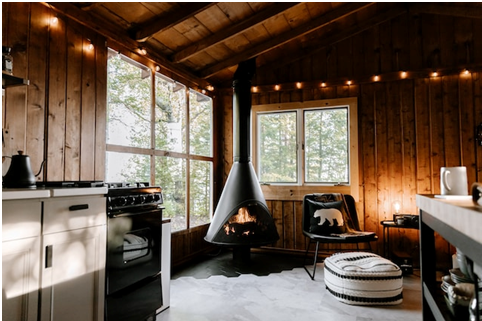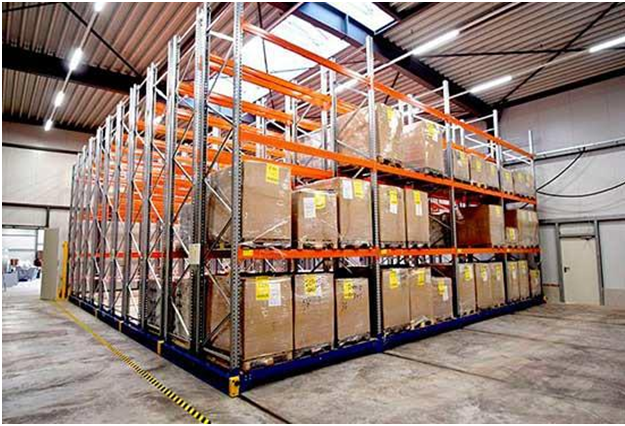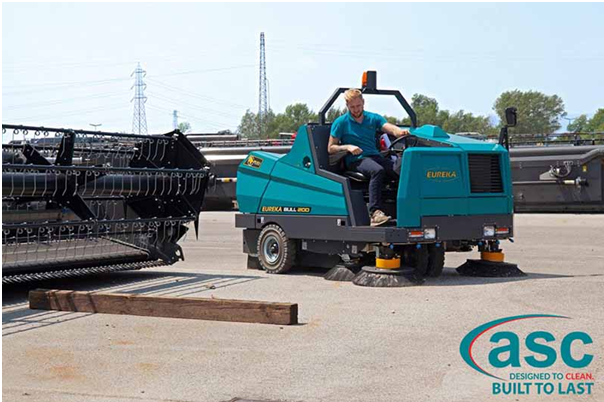For many homes across the United States, the temperatures are starting to dip down, preparing for the fall season. Some might be getting ready to turn their heat on or might have already done so, while others might be considering the idea of investing in a wood-burning stove for alternate heating.
A wood stove fireplace is a practical metal heating appliance used to warm a house or spaces within the household using wood as the fuel source. The stove has a chamber enclosure where the fire safely burns the wood with a flue or chimney that pulls the gases and fumes outside.
While these have a significant history, they are regaining favor in the current market with homeowners as a convenient, cost-efficient method for heating the home. The stoves produce a warm heat, keeping the house warm and cozy in even frigid temperatures and producing an inviting aesthetic.
Let's explore some benefits associated with using a wood-burning stove as a heat source for your household.
Benefits of Using a Wood Stove for a Household Heating Resource
Wood-burning stoves have a long-standing history, but nowadays, the appliance is gaining a considerable following once again based on its convenience and cost-efficiency as a heating alternative for the house. Learn stove safety at https://www.nationwide.com/lc/resources/home/articles/wood-stove-safety.
The steel or cast iron body uses an enclosed chamber for burning wood to heat the home with the gases and fumes pulled out through a chimney. It's effective at heating the home or a few rooms within the house. That means you can consider using it to supplement or as a substitute for the central heating.
Consider the benefits associated with using a wood-burning stove as your resource for heat within the home.
· The heat it produces
The primary feature most sought with a wood stove is the amount of heat it puts out. Once the fire is lit, the stove is fast and effective at keeping the rooms warm and cozy. You can select a model with the energy output suited for your home's size or specific rooms you want to heat.
You'll find a vast array of options on the market, allowing the capacity to heat virtually any size space. Not only does it serve as a heat resource, but the styles are meant to be aesthetically pleasing. Many varieties will work with any design scheme, actually becoming the focal point in the room.
The stove adds warmth and charm, making guests feel welcome and comfortable whether it's burning or outened. These can go in almost any location as long as there's a flue or chimney for the fumes and gasses to escape.
· The energy efficiency
An open fireplace ranges between "20 to 25 percent" in energy efficiency, while a stove comes in at around "80 percent" efficiency as a heating resource. Fueling the appliance with wood to burn is considerably more budget-friendly than "gas, electricity, or oil."
It indicated that (quote) "roughly a kilowatt of heat per hour is produced with a wood burning stove for 1/5 of what it would cost for electricity at one kilowatt per hour or 1/3 of what it would cost for gas and oil at one kilowatt per hour." (end quote)
More homeowners are finding heating their household via electricity and gas costly as energy prices continue to rise. The energy efficiency associated with stoves allows homeowners savings compared to their standard household heating system. Go here for the pros and cons of owning a wood stove.
The appliance often serves as a supplement to central heating in rooms where the stove supplies the heat, an alternative essentially to a radiator in the primary spaces, conserving energy in the household.
· Eco-conscious
Many people nowadays are becoming more eco-conscious with a desire to live clean to prevent harmful effects on the environment. When considering the home's heating system, a wood-burning appliance can work toward that objective since it boasts "carbon neutral."
In saying that, it means the carbon dioxide that the stove produces when burned is countered by the replacement trees known to consume carbon dioxide and produce oxygen. In this sense, wood stoves don't generate more carbon dioxide, adding to atmospheric pollutants.
Another way using the appliance is environmentally friendly is by taking advantage of scrap wood from the industry to avoid this waste ending up at the landfill.
Final Thought
With early fall here and winter coming just around the corner, homeowners are looking at turning the heat on soon.
Many people nowadays consider the choice of wood-burning fireplaces as an alternative to central heating as these offer many advantages over the standard oil, gas, and electricity. That includes substantial cost efficiency, an incredible warmth, and an environmentally friendly approach to heating.
Aside from the functionality, the stoves are a beautiful addition to the home, a pleasant atmosphere to bring family and close friends for socializing and entertainment.

 John
John









